Tag: trial

Baricitinib in COVID-19 Patients
In patients hospitalized with COVID-19, baricitinib significantly reduced the risk of death but the size of benefit was somewhat smaller than that suggested by previous trials. The total randomized evidence to date suggests... read more
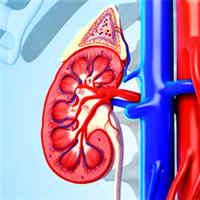
Optimizing the Design and Analysis of Future AKI Trials
Acute kidney injury (AKI) is a complex clinical syndrome associated with an increased risk of morbidity and mortality, particularly in critically ill and perioperative patient populations. Most AKI clinical trials have... read more

Tranexamic Acid in Gastrointestinal Bleeding
Extended-use high-dose IV tranexamic acid does not improve mortality or bleeding outcomes and increases adverse events. Low-dose/enteral tranexamic acid may be effective in reducing hemorrhage; more evidence is required to... read more
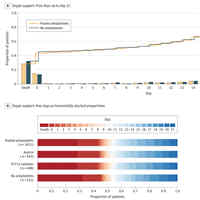
Effect of Antiplatelet Therapy on Survival and Organ Support-Free Days in Critically Ill Patients With COVID-19
Among critically ill patients with COVID-19, treatment with an antiplatelet agent, compared with no antiplatelet agent, had a low likelihood of providing improvement in the number of organ support–free days within 21 days. The... read more

Thromboinflammation and Antithrombotics in COVID-19
Thrombotic complications of SARS-CoV-2 infection were recognized early in the pandemic, when infected patients often presented with abnormal coagulation findings and acute macrovascular obstruction, and evidence of pulmonary... read more

HFNO Alone or Alternating with NIV in ARF Patients
In critically ill immunocompromised patients with acute respiratory failure (ARF), the mortality rate did not differ between HFNO alone and non-invasive ventilation (NIV) alternating with high-flow nasal oxygen (HFNO). However,... read more

Epidemiology and Outcomes of Critically Ill Children at Risk for PARDS
The Pediatric Acute Lung Injury Consensus Conference “at-risk for pediatric acute respiratory distress syndrome” criteria identify critically ill children at high risk of pediatric acute respiratory distress syndrome... read more
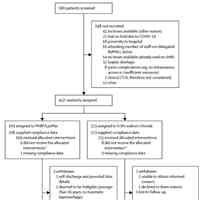
Resuscitation with Blood Products in Patients with Trauma-related Hemorrhagic Shock Receiving Prehospital Care
The trial did not show that prehospital PRBC–LyoPlas resuscitation was superior to 0·9% sodium chloride for adult patients with trauma related hemorrhagic shock. Further research is required to identify the characteristics... read more

Balanced Crystalloids Probably Reduce Mortality in the Critically-Ill
As remarked by the authors of the recent PLUS trial, a systematic review and meta-analysis of randomized controlled trials comparing balanced resuscitation fluid to 0.9% saline was reported in the New England Journal of Medicine... read more
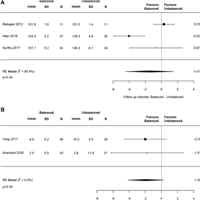
Balanced vs. Unbalanced Fluid in Critically Ill Children
Our systematic review found some evidence of improvement in blood pH and bicarbonate values in critically ill children after 4–12 hours of fluid bolus therapy with balanced fluid compared with the unbalanced fluid. However,... read more
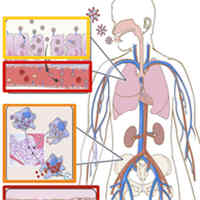
Anticoagulation in COVID-19 Patients
Clinical, laboratory, and autopsy findings support an association between COVID-19 and thromboembolic disease. Acute COVID-19 infection is characterized by mononuclear cell reactivity and pan-endothelialitis, contributing... read more

Processed Electroencephalography-guided General Anaesthesia to Reduce Postoperative Delirium
Our primary analysis demonstrated a highly sensitive result with a pooled analysis of trials in which the intervention group adhered to manufacturer's recommended guidelines showing reduced incidence of postoperative delirium... read more
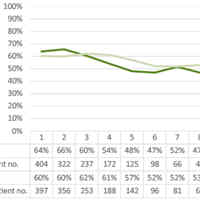
Prophylactic Melatonin for Delirium in Intensive Care (Pro-MEDIC)
Enteral melatonin initiated within 48 h of ICU admission did not reduce the prevalence of delirium compared to placebo. These findings do not support the routine early use of melatonin in the critically ill. A total of... read more

Balanced Fluid Resuscitation for the Critically-Ill: the PLUS study mirrors the BaSICS
Intravenous fluid therapy is one of the most commonly-performed interventions in all of critical care medicine. Numerous trials over the last 20 years have attempted to identify the ideal fluid for those in the intensive... read more




